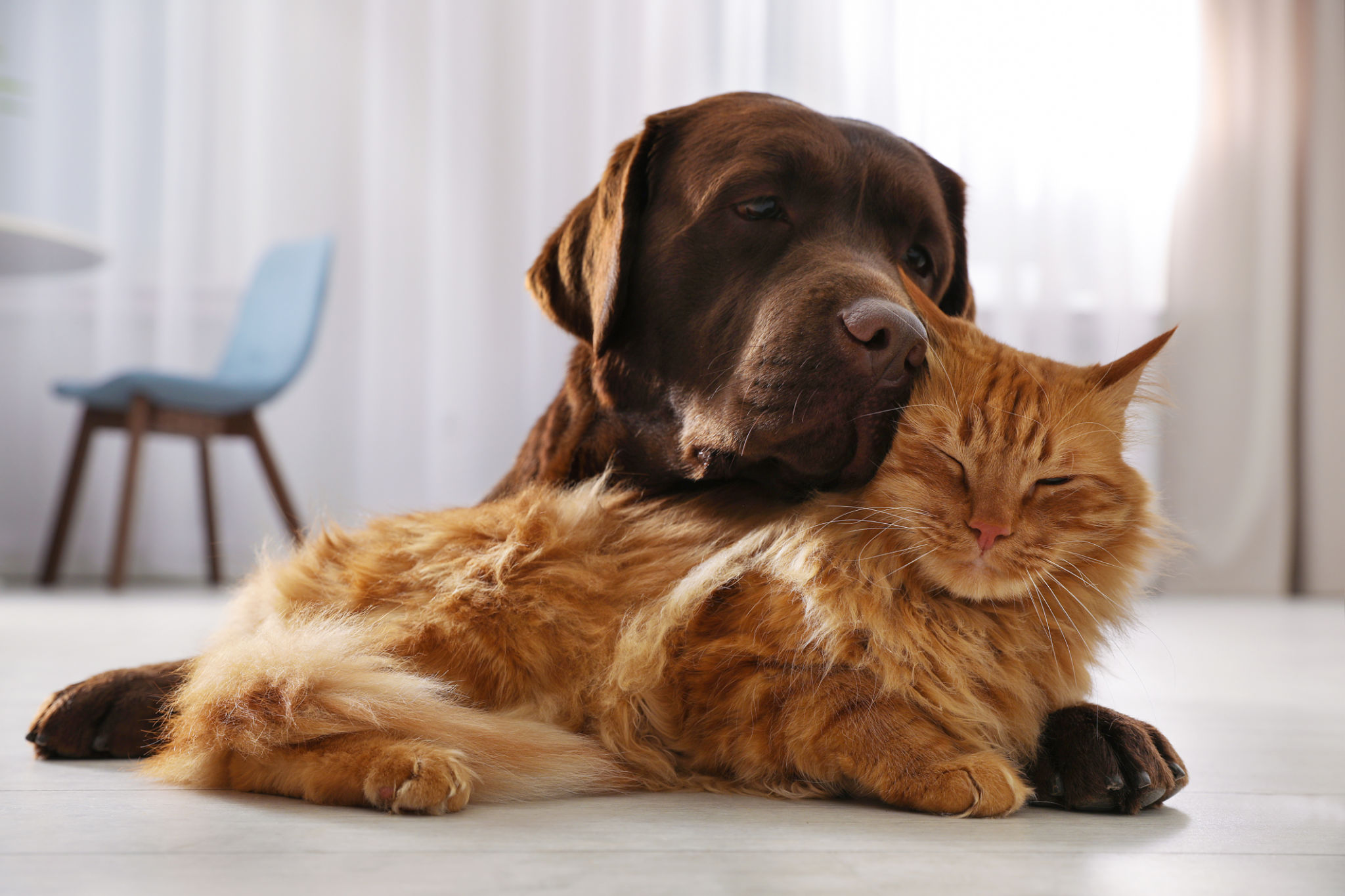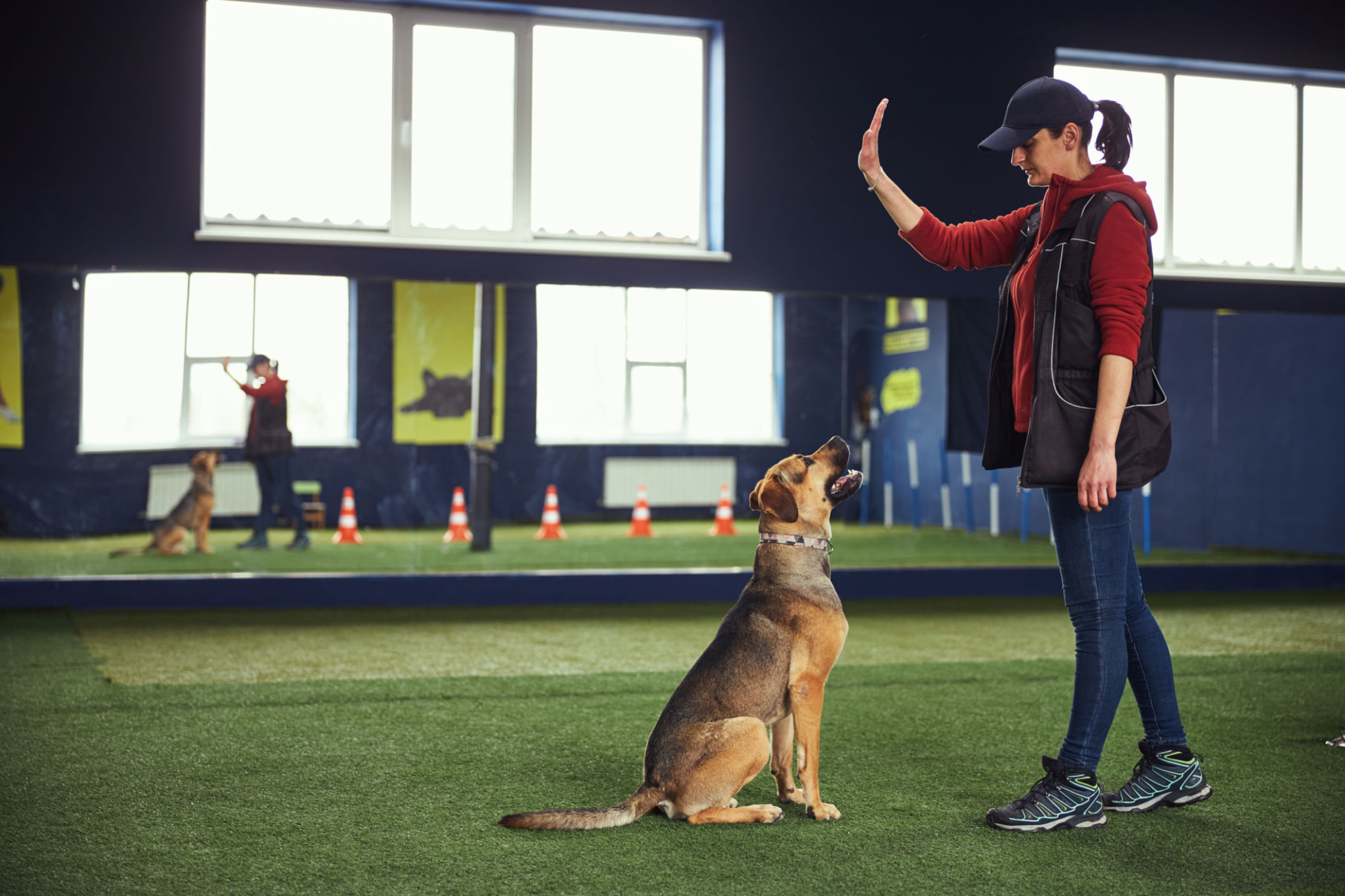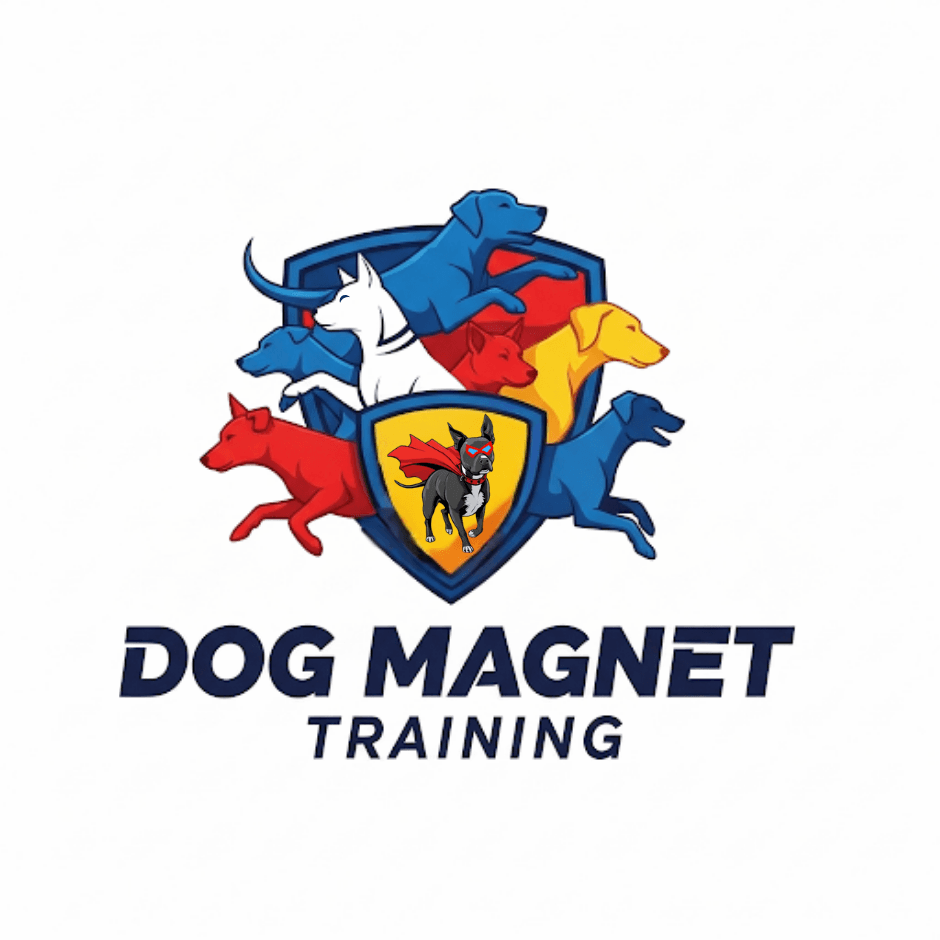DIY Dog Training: Essential Tips for Home Training Success
Understanding Your Dog's Behavior
Before embarking on a DIY dog training journey, it's crucial to understand your dog's behavior. Dogs communicate through body language, barking, and even their tails. Recognizing these signals can help you tailor your training approach. Remember, patience is key; each dog learns at their own pace.
Consider the breed and individual personality of your dog. Some breeds are naturally more inclined to learn commands quickly, while others may require more repetition and reinforcement. This understanding will help set realistic expectations for your training sessions.

Setting Basic Training Goals
Start by setting achievable training goals. Basic commands such as sit, stay, and come are foundational for any dog. These commands not only help manage your dog's behavior but also ensure their safety in various situations.
Create a list of commands you want your dog to learn and prioritize them based on your dog's needs and environment. Consistency is essential, so ensure that every family member uses the same commands and gestures.
Positive Reinforcement Techniques
Positive reinforcement is one of the most effective methods for training dogs. This approach involves rewarding your dog for desired behaviors, which encourages them to repeat those actions. Rewards can be treats, praise, or playtime.
- Use small, tasty treats that your dog loves.
- Offer verbal praise enthusiastically.
- Incorporate short play sessions as a reward.

Consistency is Key
Consistency helps reinforce learning and establishes a structured environment where your dog knows what to expect. Try to conduct training sessions at the same time each day, and maintain consistency in commands and rewards.
It's also important to be consistent with rules around the house. If your dog is not allowed on the furniture, ensure everyone in the household enforces this rule.
Dealing with Common Challenges
Training a dog can come with its challenges. Common issues include distractions, stubbornness, and regression in learned behaviors. To address distractions, start training in a quiet environment and gradually introduce more challenging settings.
If your dog is stubborn, try breaking down commands into smaller steps and reward incremental progress. Regression is normal; revisiting basic commands can help reinforce learning.

Practice Patience and Persistence
Dog training requires patience and persistence. There will be days when progress seems slow, but maintaining a positive attitude will encourage your dog's learning process. Celebrate small victories and keep sessions short to prevent fatigue.
Remember that setbacks are part of the learning curve. Stay calm and redirect your dog's attention positively when mistakes happen.
Socializing Your Dog
Socialization is an essential aspect of DIY dog training. It involves exposing your dog to different environments, people, and other animals to ensure they are well-adjusted and confident.
Organize playdates with other dogs or take regular walks in the park where your dog can meet new friends. Ensure these interactions are positive to build your dog's confidence.

Using Training Tools
Training tools can assist in the learning process. Leashes, clickers, and toys can be effective aids in teaching new commands and reinforcing good behavior. Choose tools that suit your dog's size and temperament.
Always use these tools positively and avoid any equipment that causes discomfort or fear in your dog. Training should be a fun and rewarding experience for both you and your furry friend.
